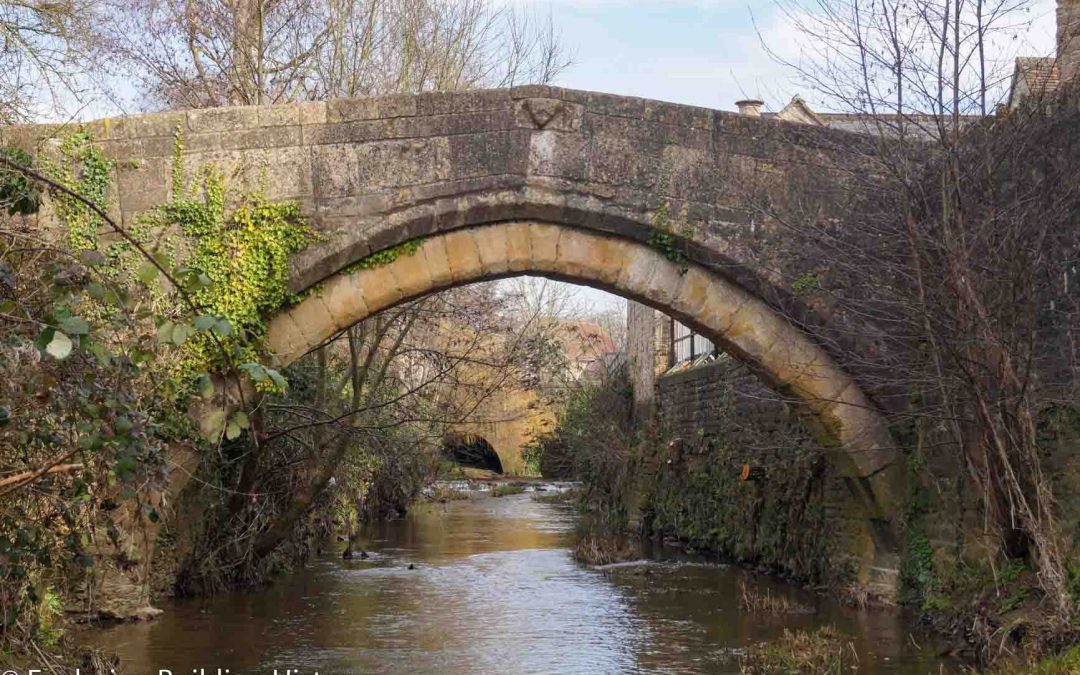
Mar 9, 2025
Winchester was well situated for trade to make its way to and from the city. Roman roads approached it from all directions and the River Itchen was navigable to Southampton Water. From there continental trade links were accessible.[i] Winchester had developed along a...

Mar 5, 2025
Medieval Winchester is still very much in evidence in the way it is laid out. The city’s grid system of streets developed from what was laid out in the late 9th C.[i] Although many buildings have disappeared and new ones built in subsequent periods, there those still...

Aug 30, 2024
I don’t particularly like to venture out from late July through August, when the schools are on holiday. However, the places that are guaranteed to be free of tourists are parish churches. This August (2024) I ventured out with a friend to visit two Dorset churches...

Feb 7, 2023
Walking around Bruton, particularly down by the riverside, one can get the feeling of medieval Somerset. The single-span bridge would have seen trains of packhorses and mules, laden with woolsacks, woollen cloth, and silken cloth making their way through Bruton and...

May 31, 2022
Baptism is a key, and usually the initial, sacrament in the life of a Christian. Early Christians performed the rite with immersion in water. In the medieval Christian church, the process of infusion was practiced – the pouring of water on the head of the new...

Feb 13, 2022
The term ‘Caernarfon lintel or arch’ comes from the use at Edward I’s Caernarfon Castle of the frequent use of passage doorways with shouldered lintels sitting on convex corbels. Edward’s castle at Caernarfon was started in 1283. These doorways also at exist at Wells...







